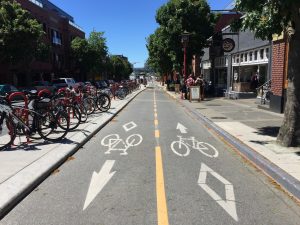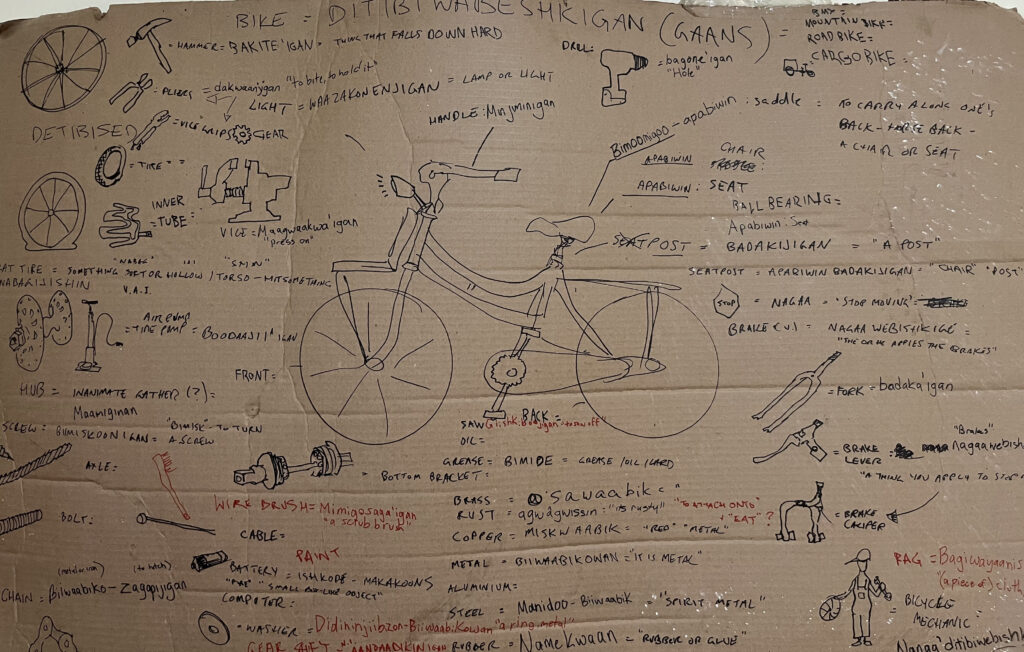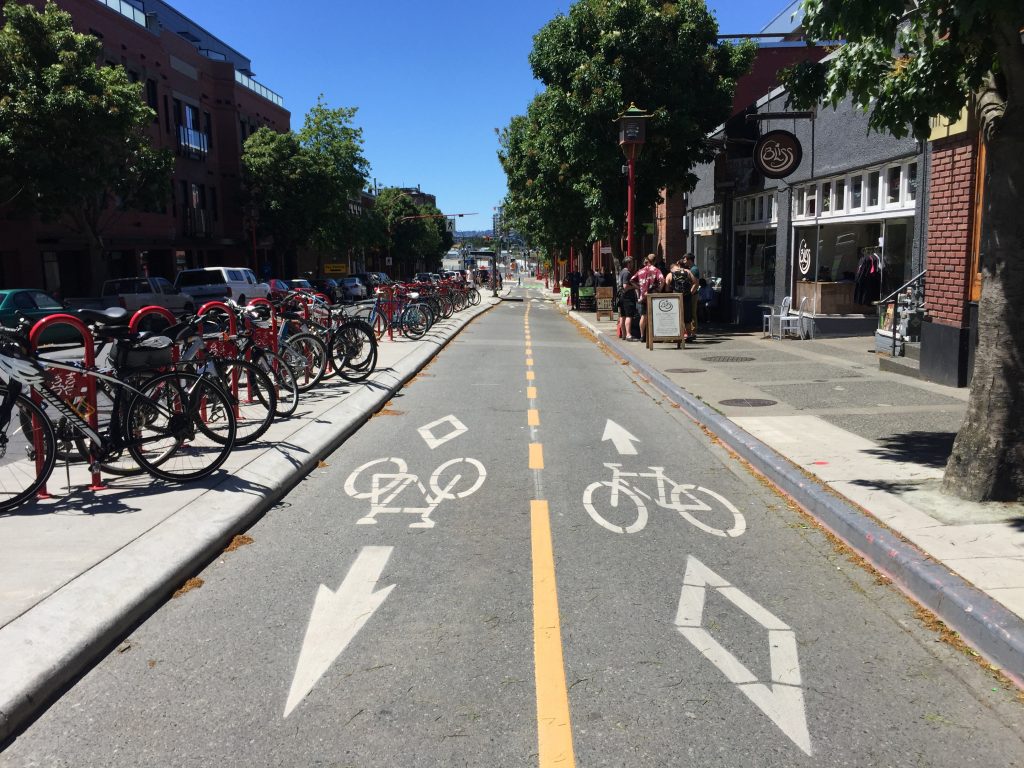By Meridith Sones and Karen Laberee
Our postal code is a powerful predictor of our health. The design of our cities and neighbourhoods can either help or hinder our physical activity and social interactions, influencing our chances of experiencing poor health outcomes like heart disease, diabetes, and cancer. Canada will spend over $180 billion on infrastructure over the next 12 years. How will these investments impact our health and wellbeing? Who stands to benefit, and how?
These are the big questions motivating all of us at INTERACT (Interventions, Research and Action in Cities Team), a new national research collaboration of scientists, urban planners, and engaged citizens uncovering how major changes and investments in city infrastructure are shaping the health and wellbeing of Canadians from coast to coast. Seeing the city as a living laboratory, we use innovative tools that harness the power of smartphones and GPS to measure changes in how people move and feel in their environments. Our research will enable cities to understand the impact of their investments and make informed decisions to design cities that are healthier for everyone.
Launching in four cities across Canada – Victoria, Vancouver, Saskatoon, and Montreal – INTERACT will be evaluating the health impact of real world urban form interventions that represent an investment of more than $225M. We’re focused on three key outcomes linked to the design of our urban environments: physical activity, social participation, and wellbeing. We’re also measuring whether these outcomes are impacted equally across different socioeconomic groups to help cities invest in infrastructure that leaves no one behind. Our research aspires to have an impact beyond the borders of individual cities or interventions by generating knowledge and tools to unlock what makes urban form interventions effective, for whom, and under what context.
Our first stop was Victoria in 2017. The city’s planned network of All Ages and Abilities bike infrastructure isn’t just an important milestone in an ambitious journey to becoming a world-class cycling city, it’s also an investment that could leave a lasting impact on the health and wellbeing of Victoria residents for generations to come. As part of a five-year longitudinal study, we recruited over 300 participants who ride a bike at least once a month in Victoria to fill out two surveys and collect locational and activity data through a mobile phone app or an accelerometer device. We will follow up with participants twice more over the next five years to understand how their health and wellbeing changes over time.
In 2018, we will turn our sights on recruiting participants in Saskatoon, Vancouver, and Montreal to measure population health impacts from changes in other forms of urban infrastructure. Saskatoon is investing $66M on a Bus Rapid Transit system and Vancouver has purchased the Arbutus Greenway as a walking and cycling corridor. Montreal is undergoing a $100M comprehensive sustainability plan, and we have ambitious plans to recruit several thousand participants to evaluate the impact of traffic calming measures, transportation infrastructure changes, and greening programs.
To learn more about the study and our national team of investigators, research staff, collaborators, and partners, we invite you to visit www.teaminteract.ca.
Funding for the Interventions, Research and Action in Cities Team (INTERACT) is provided by the Canadian Institutes of Health Research.



